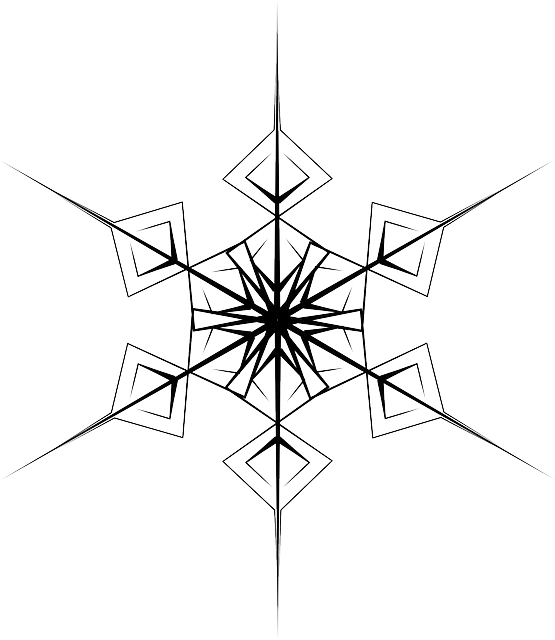
Axial symmetry takes the axis of symmetry as a reference.
Symmetry , a concept that derives from the Latin symmetrĭa , refers to the correspondence that occurs between the position, shape and size of the components of a whole. Axial , for its part, is that linked to an axis (the piece that acts as a support for something and that, in certain contexts, allows a certain object to rotate).
Axial symmetry is known as the symmetry that exists around an axis when all the half-planes taken from a given bisector exhibit the same characteristics.
What is axial symmetry?
To determine if axial symmetry exists, it is considered that the points that belong to a figure are coincident with the points that are part of another figure, taking the axis of symmetry (a line) as a reference. In this way, axial symmetry represents a phenomenon similar to that which occurs when a mirror reflects an image.
With axial symmetry, symmetrical figures have homologous points : point A of one figure is homologous to point A' of the other figure; point B of one figure is homologous to point B' of the other figure; etc The distance that exists between the different points that belong to the original figure, on the other hand, is identical to the distance that exists between the points that are in the symmetrical figure in question.
It is important to mention that the concept of axial symmetry is useful in the field of physics . When starting from data with axial symmetry, the solution for certain unknowns also has axial symmetry, a particularity that makes it possible to reduce the variables of the problem.

Axial symmetry generates a phenomenon similar to that produced by a mirror when it reflects an image.
How to draw it in a polygon
Although the fundamental theory of axial symmetry is not particularly complex, it is always advisable to put the knowledge into practice, in order to internalize it more effectively. In this particular case, we have the advantage of its compatibility with drawing, something that most people can do with a certain ease. Therefore, we will see below a series of steps to obtain a figure symmetrical to another.
First of all, it is necessary to draw a figure and determine the points that make it up . For this example we will base ourselves on a polygon with four vertices (A, B, C and D), although the steps work for any other case. Having drawn the polygon and properly defined its vertices , comes the most important step: establishing the position and orientation of the symmetry axis.
Although in the simplest examples we are used to seeing axes of axial symmetry perpendicular to the ground, which offer us one figure side by side, it is necessary to highlight that the angle of said axis is indifferent. To understand this, we can think of the axis as a mirror that we want to use to reflect an object: it does not matter if we place it in front, behind or to the side of it, nor if we rotate it, since it will always do its job successfully. . In fact, the axis can pass through one of the points of the original figure, if we wanted a result in which both would touch.
Once we have drawn the axial symmetry axis, we can begin to plot the points of the new figure. To do this, we must measure the distance between each of the original vertices and the axis, through a line perpendicular to it, and then travel that same distance to the other side of the axis until we find the homologous position . Since our figure has only four points, this is a relatively simple task.
Having the four homologous vertices, which we will call A', B', C' and D', all that remains is to draw each of the corresponding sides.
